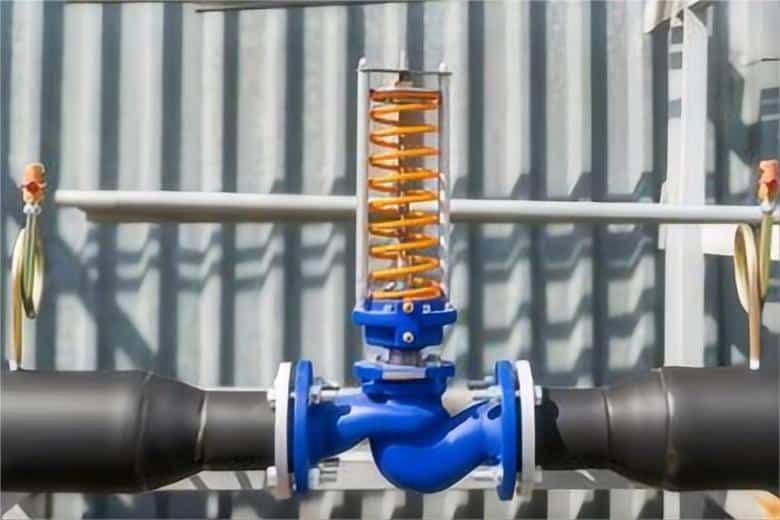In the vast and complex world of industrial engineering, the importance of valve pressure settings cannot be overstated. These settings play a crucial role in ensuring the safety, efficiency, and longevity of various industrial systems. Whether you’re dealing with pipelines, hydraulic systems, or any machinery involving fluid dynamics, maintaining the correct valve pressure settings is imperative. In this article, we will delve deep into why these settings are so vital and how they can impact the overall performance of industrial operations.

The Role of Valve Pressure in Industrial Systems
Valve pressure acts as a control mechanism within industrial systems. It regulates the flow and pressure of fluids, ensuring that systems operate within safe and efficient parameters. By maintaining optimal pressure settings, industries can prevent potential disasters such as leaks, bursts, or mechanical failures. Moreover, correct pressure settings ensure that the machinery functions at its best, enhancing productivity and reducing maintenance costs.
Safety: A Primary Concern
Safety is paramount in any industrial setting. Incorrect valve pressure settings can lead to catastrophic failures. For example, excessive pressure can cause pipelines to burst, leading to hazardous spills or fires. On the other hand, insufficient pressure can result in inefficient system performance, affecting the entire production line. By ensuring proper valve pressure settings, industries can safeguard their workers and equipment.
Efficiency and Performance
Efficiency is another critical factor influenced by valve pressure settings. When systems operate at optimal pressure, they consume less energy and deliver better performance. This not only reduces operational costs but also minimizes the environmental impact. Industries that prioritize efficient valve pressure settings often see significant improvements in their production processes and overall output.
Factors Influencing Valve Pressure Settings
Several factors can influence the correct valve pressure settings, including the type of fluid, system design, and operational conditions. Understanding these factors is crucial for setting and maintaining the right pressure levels.
Type of Fluid
The type of fluid being transported or processed greatly influences the pressure settings. Different fluids have varying viscosities, densities, and chemical properties, all of which must be considered when determining the appropriate pressure.
System Design
The design of the system itself, including the materials used and the layout, can affect pressure requirements. Engineers must carefully consider these design elements to ensure that the pressure settings align with the system’s needs.
Operational Conditions
External factors such as temperature, altitude, and environmental conditions can also impact valve pressure settings. It’s essential to account for these variables to maintain optimal system performance.
Setting and Adjusting Valve Pressure
Setting and adjusting valve pressure requires precision and expertise. Engineers must use specialized tools and techniques to ensure that valves are set correctly. Regular monitoring and maintenance are also necessary to adjust settings as needed and prevent potential issues.
Tools and Techniques
Various tools, such as pressure gauges and calibrators, are used to measure and adjust valve pressure settings. These tools provide accurate readings, allowing engineers to make precise adjustments.
Regular Monitoring
Continuous monitoring of valve pressure is crucial for maintaining system efficiency. By regularly checking pressure levels, engineers can identify and address any deviations promptly.
Common Challenges and Solutions
Despite the best efforts, challenges in maintaining proper valve pressure settings can arise. Understanding these challenges and having solutions in place is essential for smooth operations.
Pressure Fluctuations
Pressure fluctuations are a common issue in industrial settings. These can result from changes in operational conditions or system inefficiencies. To address this, industries can implement advanced control systems that automatically adjust pressure settings in real-time.
Wear and Tear
Over time, valves and related components can experience wear and tear. Regular maintenance and timely replacements are crucial to prevent pressure-related failures.
Conclusion
The importance of valve pressure settings in industrial engineering cannot be emphasized enough. These settings are integral to ensuring safety, efficiency, and performance in various systems. By understanding the factors influencing pressure settings and implementing regular monitoring and maintenance, industries can optimize their operations and achieve better outcomes.

FAQs
Why are valve pressure settings important?
Valve pressure settings are crucial for maintaining safe and efficient operations in industrial systems. They help prevent potential hazards and ensure optimal performance.
How often should valve pressure settings be checked?
Regular checks are recommended to ensure that valve pressure settings remain within the desired range. The frequency of checks can vary based on the system’s complexity and operational conditions.
What tools are used for adjusting valve pressure settings?
Tools such as pressure gauges, calibrators, and advanced control systems are commonly used to measure and adjust valve pressure settings accurately.
For more detailed information on valve pressure settings, you can visit this external resource and explore this scientific article.
To gain further insights into PRV design standards, water heater pressure relief valves, and API 526 valve dimensions, feel free to explore the provided links.
This article contains affiliate links. We may earn a commission at no extra cost to you.




